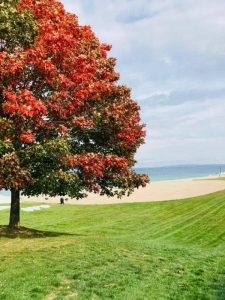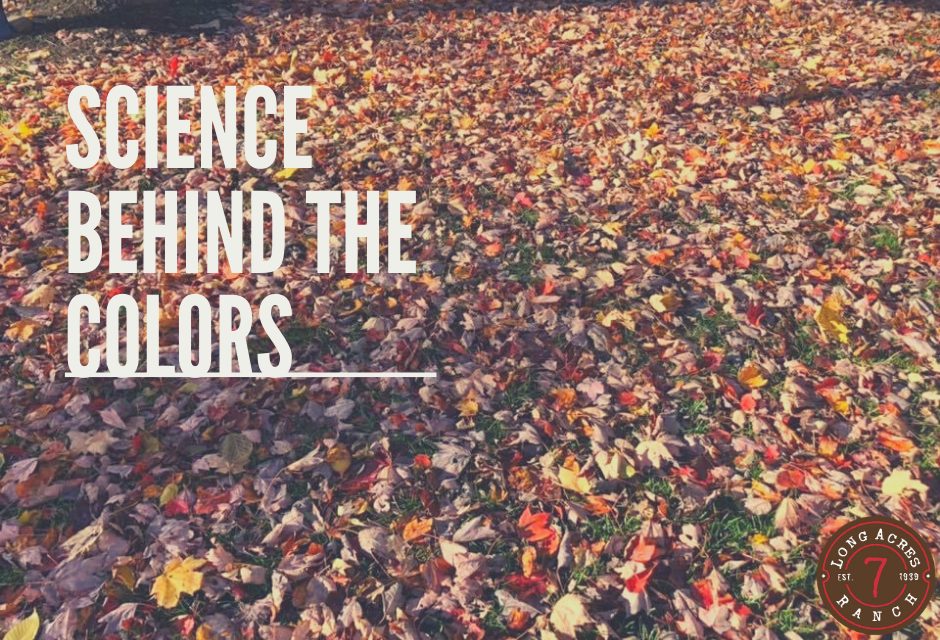Signs of fall – cooler temperatures, pumpkin patches, shorter days, colorful leaves – well, we in Texas can experience most of these signs of fall and know that for a short while, we may be able to actually enjoy being outside. One of those signs – colorful leaves – is not so prevalent in our area. Have you ever wondered why we don’t get to enjoy this gift of nature life those folks in the northern states do? Why don’t our leaves change to vivid oranges, reds, and yellows before shedding them to the ground?

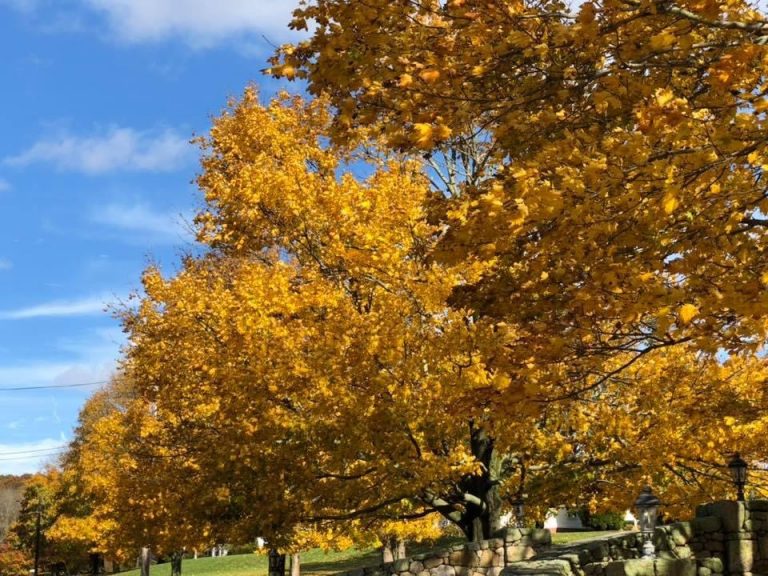
Why do leaves fall in the first place?
It takes a great deal of resources – sunlight, water, nutrients – for trees to keep their leaves attached during the warmer months. The amount of rain and sunshine makes this task easier during the warmer summer months. In the fall, when there is less sun and typically less rainfall, the trees drop their leaves and seal the spots where the leaves had been attached.

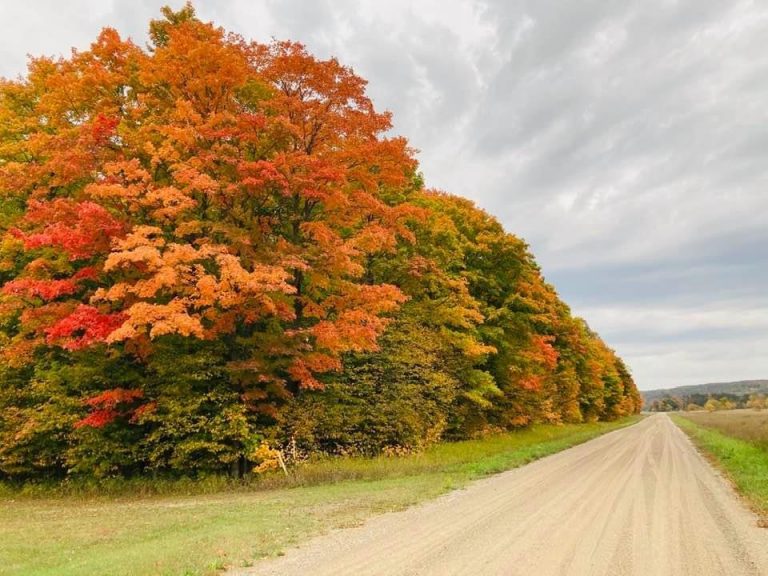
Leaf Colors
Leaves get their colors from pigments. There are four main types of pigments – green comes from chlorophyll, yellow comes from xanthophylls, orange comes from carotenoids, and reds come from anthocyanins. Chlorophyll is made using sunlight and in the summer, there is plenty of sun to make chlorophyll which is important because it helps plants make the food they need. Once the days get shorter and there is less sunshine, the trees stop making chlorophyll. This allows the other pigments to become more visible.
Anthocyanin is not a color that is usually present in leaves. It only appears once chlorophyll breaks down. It is most prevalent in red maples, scarlet oaks, and red sumacs.
Carotene is also present in carrots, giving them their bright orange color. Sugar Maples are one of the best tress that displays the same vivid orange color.
Xanthophylls can be seen in beeches, ashes, birches, aspens and some oaks.
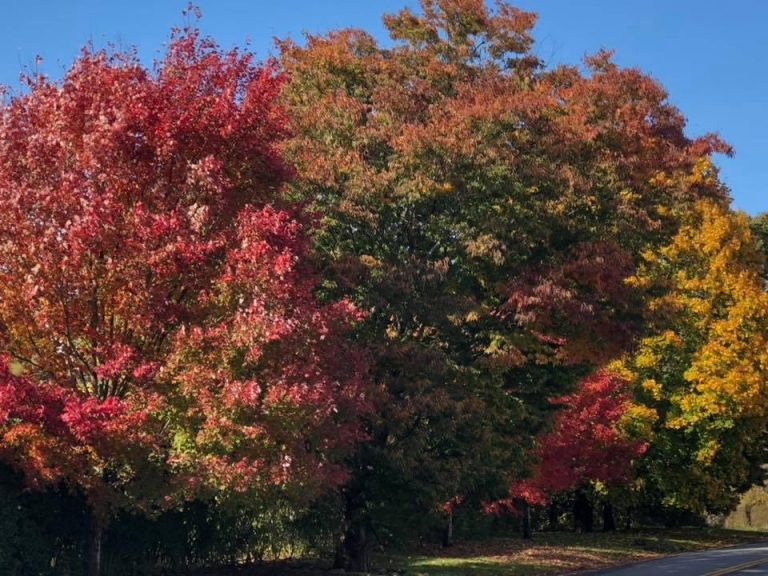

Best Months for Viewing
In the Northeast, peak fall color can be seen in mid-October. The same holds true for the Midwest such as Minnesota, Wisconsin and Michigan. In the South, in states like West Virginia, Tennessee, or North Carolina, it can occur as late as November. In the western states (Washington, Oregon, Northern California) you may still see some vivid colors in late October.
Other Intriguing Information
- Ash trees are one of the first trees to lose its leaves. The Sycamore doesn’t fully drop its leaves until midwinter.
- Some trees never lose their leaves or turn colors. Evergreens such as pine, spruce, and cedar trees can add a lovely green background in the winter months when other trees are bare.
- The most colorful tree is the Eucalyptus Deglupta, or better known as the Rainbow Eucalyptus. Instead of leaves, the bark sheds every year. What appears underneath is a variety of colors, including greens, blues, purples, and even oranges and maroon. It can be found mainly in places with tropical forests like Philippines, New Guinea, Indonesia and other places with frost-free climates like Hawaii, California, Florida and Texas.
- The Nyssa Sylvatica, or black gum tree, is one of the first trees to change colors in the fall. Before it turns its typical bright red color, it can also show purple, orange, and yellow.
- The name of the process of leaves changing color is photoperiodism
Want to learn more?
